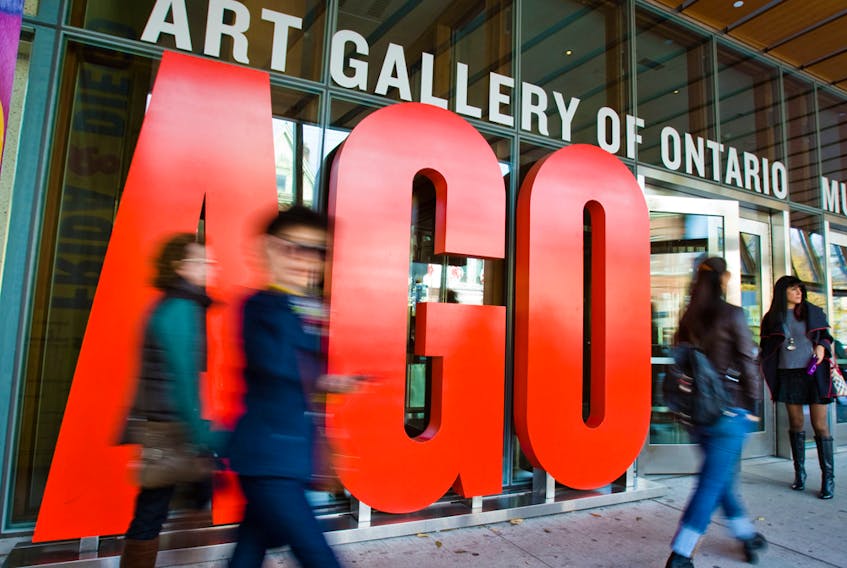Last month, Canada’s Federal Court of Appeal rendered a much-anticipated decision involving the attempted export from Canada of a painting by French impressionist painter Gustave Caillebotte (1848–1894). The Canadian Cultural Property Export Review Board had earlier found that the 1892 work, known as Iris bleus, was of outstanding significance and of national importance to Canada and so imposed a temporary refusal to export the painting. The exporter, Heffel Auction House, challenged the Board’s determination, claiming that the work had no material link to Canada and should not be considered “nationally important.”

The appeal court upheld the refusal on the basis that the board was a highly skilled statutory body and well placed to determine what artworks were — or were not — of national importance. Courts should be loath to interfere with such determinations. This is hard to dispute. The Cultural Property Export Review Board includes four experts from the museum sector and four from the art trade (including collectors), along with two from the public at large. Subject to an appeal to the Supreme Court, the Court of Appeal’s decision will stand as a strong endorsement of the board’s expertise, vindicating the approach it has taken over the past number of years.
But how exactly does a work of art become nationally important? According to the board, the Caillebotte had been in Canada since 1960 and was a rare example of the artist’s work in the country. Never mind that the artist wasn’t Canadian, or that the work had remained in a private collection and had not been exhibited since its arrival.
In contrast, works that have been in Canada less than 35 years, or that were made within the last 50, are not covered by export controls. This explains how many of the pieces from the Steinberg collection of Montreal could be taken out of the country for an auction in New York later this month, as reported in a front-page Globe and Mail story this week. The pieces had either been brought into Canada after 1983 or created after 1968. Thus the two most prominent pieces in the sale, both by U.S. artist Mark Rothko and painted in 1969, were capable of leaving Canada without a hitch.
The implication of the board’s determination on the Caillebotte (and the Federal Court of Appeal’s approval) is that the question of national importance in these matters is for specialists to answer. This is perhaps to be expected. Not only does the law reserve this role for the board, but art has for decades been the purview of experts: art historians, curators, museum professionals, appraisers and artists themselves all take part in determining the value and importance of particular works of art.
The intended beneficiary in many of these matters is the public at large. The result of the recent decision is that Iris bleus could very well be acquired by the Art Gallery of Ontario and put on display, no doubt to be trumpeted as a work of great national importance. The public will then have a chance to commune with this largely unknown work by the once-overlooked impressionist.
The irony here is that the more the scope of “national importance” is extended to include international art like the Caillebotte, the greater the role for the state in controlling the movement of that art across international boundaries. This can have a stifling effect on a particular homegrown sector: the Canadian art market (at least insofar as it relates to pieces over 50 years in age). Broader coverage for export controls may be applauded by large publicly established institutions like the AGO, less so by art dealers and auction houses. The potential impact of these controls on the art trade may explain why Heffel, Canada’s largest and most prominent auction house, decided to challenge the board’s determination in the first place.
Though unnoticed by many of the players involved, this case was part of a larger debate in the art world between the need to stimulate the art market and the need to furnish public museums with great art. Attempts to balance these interests are being made by governments and cultural policy specialists the world over. In Canada, the Cultural Property Export Review Board (and now the courts) has come down rather emphatically on one side of the divide. Perhaps it is time to re-evaluate the applicable rules on exporting art in order to introduce this very important debate to Canadians as a whole.
Alexander Herman is the Assistant Director of the Institute of Art and Law and a member of the Quebec Bar
Copyright Postmedia Network Inc., 2019









